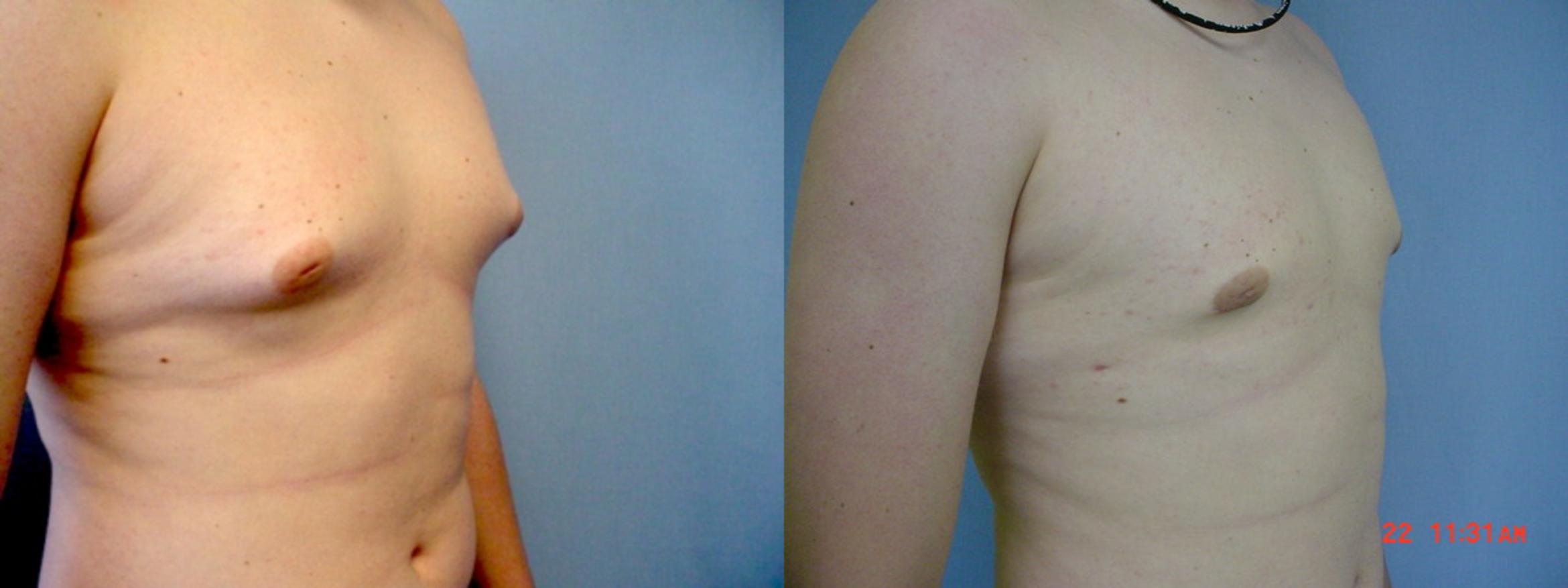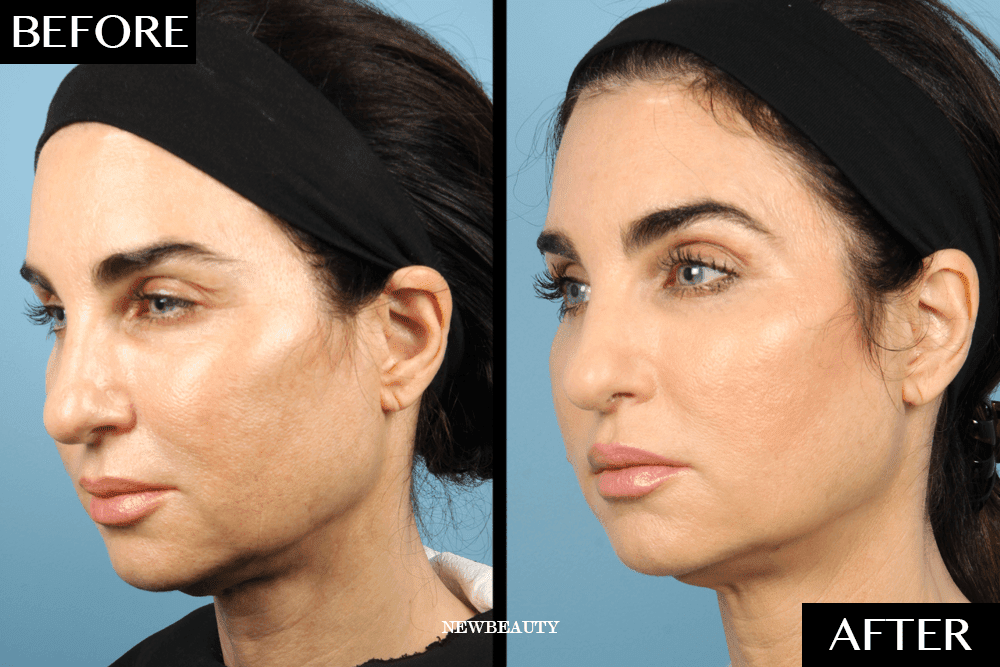
There are several pros and cons to choosing saline or silicone implants for your breast augmentation surgery. Silicone is more pliable and less likely to rip, while saline implants are filled with saltwater. These implants require a smaller incision and look less natural. Saline implants may not be suitable for women with minimal breast tissue.
Implants shaped to mimic the natural shape of the breast's teardrops
Shaped breast implants look naturaler than round implants. They are thinner on the top and gradually taper down to fullness just below the nipple. This shape is popular with women who desire a natural-looking enhancement. These implants can be filled with cohesive silicone gel and tend to be less likely to cause ripples, folds, and creases than round implants.

Silicone implants are less prone to rippling
While saline implants can cause rippling, it is less common for silicone implants. This is because silicone implants have a cohesive gel filler inside. The gel closely matches the skin and natural breast tissue. Silicone implants are less likely to cause rippling, so these types of breast implants may be more suitable for thin or petite women.
Salinization implants are made with saltwater
Filling a sterile solution of saltwater with a saline implant is done. Some of these implants can be filled pre-filled, while others are filled during an implant procedure. They come in a variety of shapes and sizes, and may be smooth or textured. They are FDA-approved to be used for breast augmentation. They are also used frequently in breast reconstruction.
Gummy bear implants are made with a firmer silicone jelly
Gummy bear breast implant have a firm silicone jelly and are less likely be misshaped after surgery. The firm silicone gel in a teardrop shape helps to preserve their shape and reduce the risk for capsular contracture. The implants are firmer than regular silicone or saline implants and have firmer outer shells.
For women aged 22 and over, saline implant approval has been granted by FDA
These breast implants are filled using sterilized saltwater. These implants are more cost-effective and versatile than silicone implants which are usually filled intraoperatively. Saline implants can also be tailored to the individual's needs. They are FDA-approved for women age 22 and over.

Saline implants are less prone to capsular contracture
Study results have shown that silicone breast implants are more susceptible to contracture than saline implants. These results have a few caveats. First, patients must agree to fund a reoperation, and it is important that they acknowledge this in their written informed consent documents. Second, additional reoperations may worsen the condition and increase the risk of permanent tissue compromise.